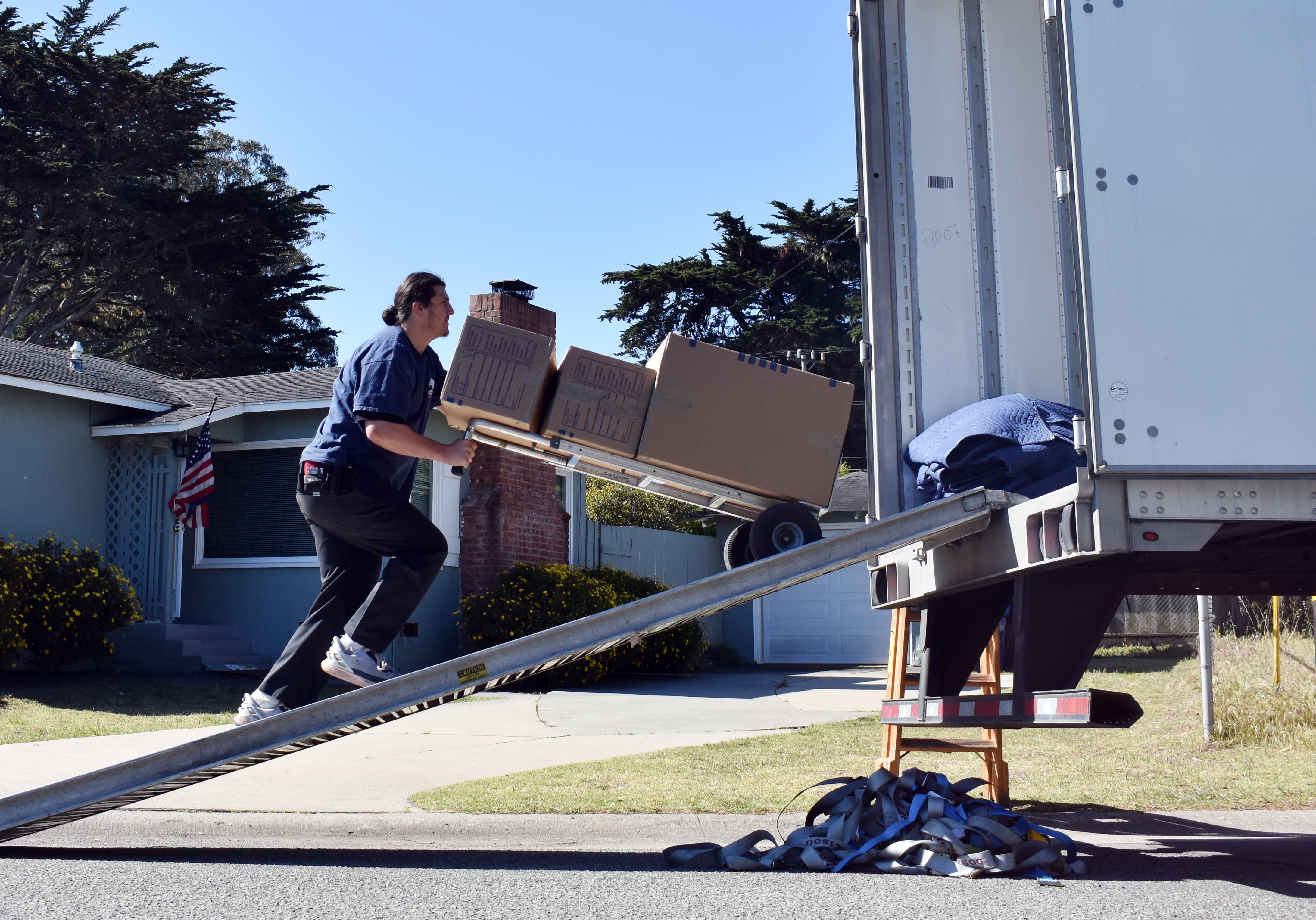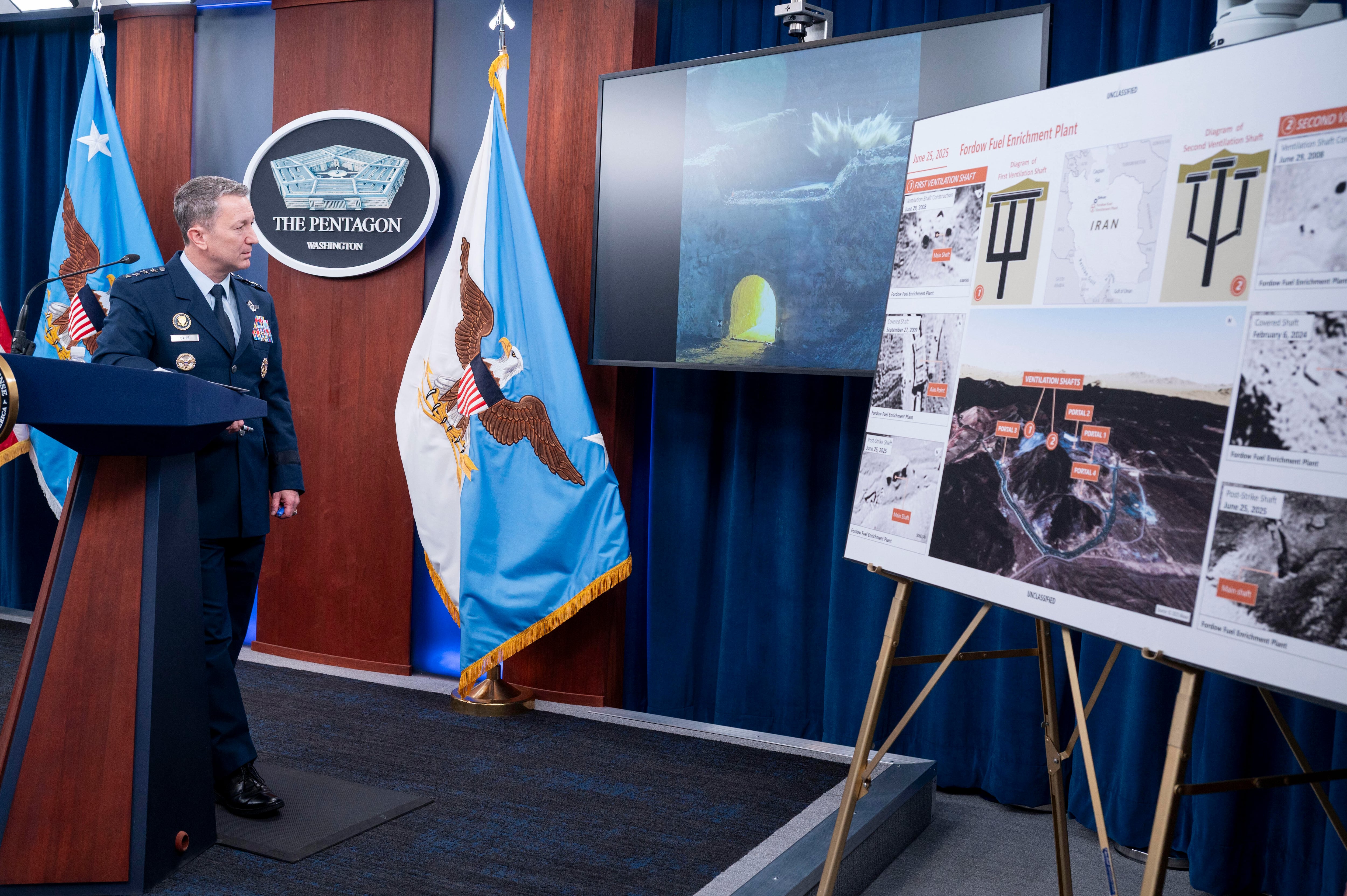A U.S. service member has been identified as a possible suspect in an April explosion that injured several U.S. troops at a base in eastern Syria.
Patrick Barnes, a spokesman for the Army Criminal Investigation Division, said in a statement that the potential suspect is back in the United States, and the investigation by Army CID and the Air Force Office of Special Investigations is ongoing. Barnes did not release the suspect’s name.
The U.S. military initially reported that the injuries were caused by artillery or another form of indirect fire. But it later said the April 7 attack was carried out by the “deliberate placement of explosive charges” by one or more individuals at an ammunition holding area and shower facility on the base, known as Green Village.
The blasts hit two support buildings and four service members were evaluated for minor injuries and possible traumatic brain injuries.
The U.S. has several hundred troops in eastern Syria as part of its effort to counter the Islamic State group.
No charges have been filed.





